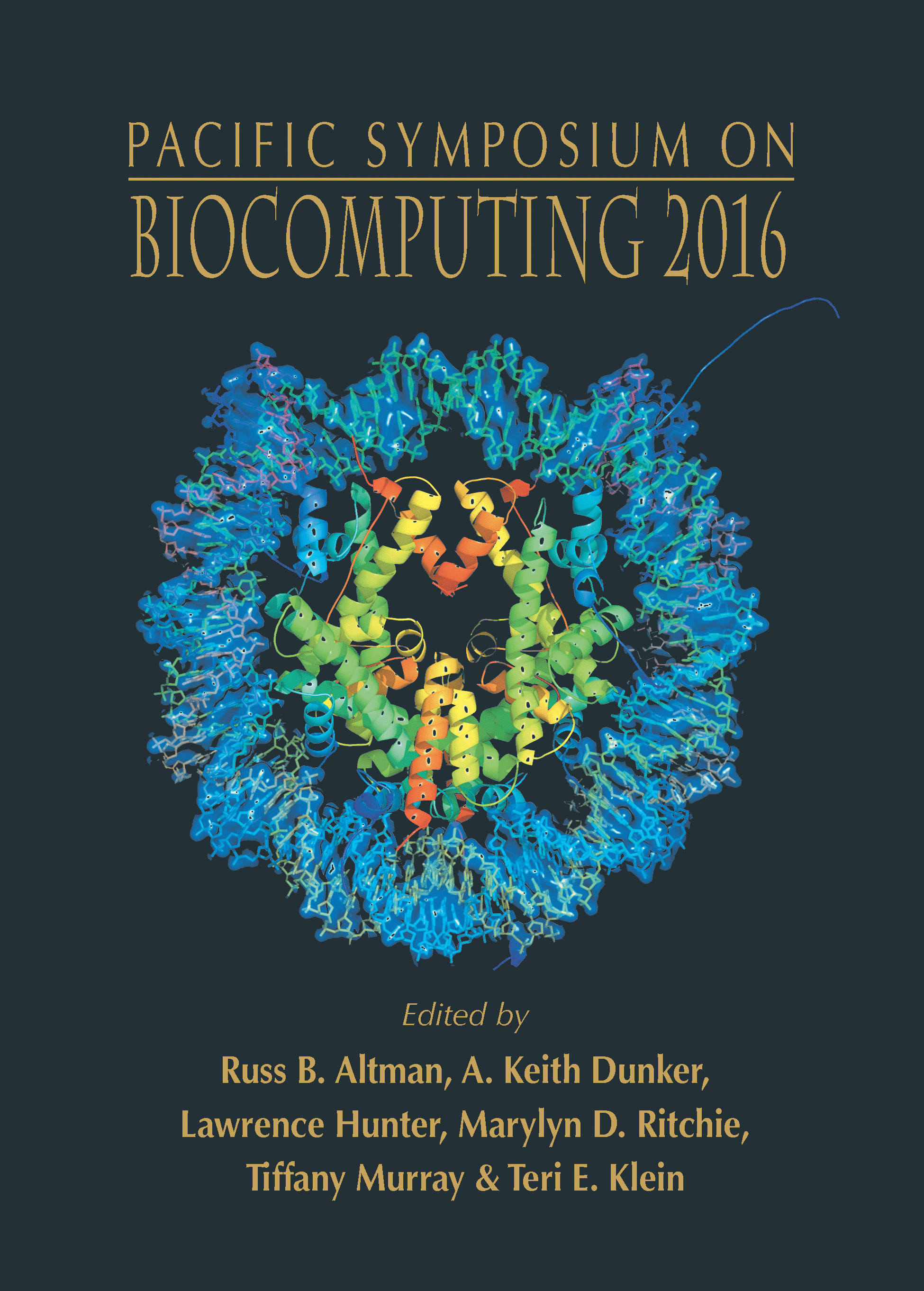
H. Andrew Schwartz1, Maarten Sap2, Margaret L. Kern3, Johannes C. Eichstaedt2, Adam Kapelner4, Megha Agrawal2, Eduardo Blanco5, Lukasz Dziurzynski2, Gregory Park2, David Stillwell6, Michal Kosinski7, Martin E.P. Seligman2, Lyle H. Ungar2
1Computer Science, Stony Brook University
2Positive Psychology Center & Computer and Information Sciences, University of Pennsylvania
3Graduate School of Education, University of Melbourne
4Department of Mathematics, Queens College
5Computer Science, University of North Texas
6Psychometrics Centre, University of Cambridge
7Stanford Business School
Pacific Symposium on Biocomputing 21:516-527(2016)
© 2016 World Scientific
Open Access chapter published by World Scientific Publishing Company and distributed under the terms of the Creative Commons Attribution (CC BY) 4.0 License.
We present the task of predicting individual well-being, as measured by a life satisfaction scale, through the language people use on social media. Well-being, which encompasses much more than emotion and mood, is linked with good mental and physical health. The ability to quickly and accurately assess it can supplement multi-million dollar national surveys as well as promote whole body health. Through crowd-sourced ratings of tweets and Facebook status updates, we create message-level predictive models for multiple components of well-being. However, well-being is ultimately attributed to people, so we perform an additional evaluation at the user-level, finding that a multi-level cascaded model, using both message-level predictions and user- level features, performs best and outperforms popular lexicon-based happiness models. Finally, we suggest that analyses of language go beyond prediction by identifying the language that characterizes well-being.